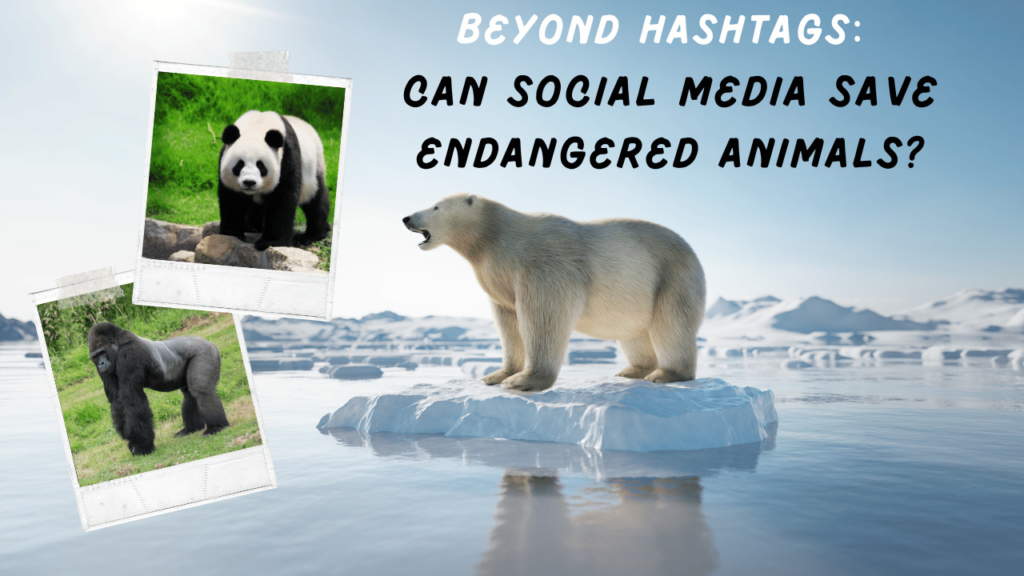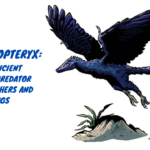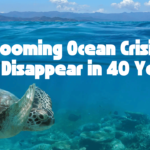Social media has transformed the way we communicate, but can it also help save endangered species? Platforms like Instagram, Twitter, Facebook, and TikTok have become powerful tools for conservationists, allowing them to spread awareness, mobilize support, and drive real-world action. But how effective is this digital activism in making a tangible difference for wildlife conservation?
In this article, we explore the role of social media in protecting endangered animals, examining its benefits, challenges, and real-world impact.
The Power of Social Media in Wildlife Conservation
Raising Awareness and Educating the Public
One of the most significant ways social media contributes to conservation is by increasing awareness. Wildlife organizations and activists use platforms to share compelling content, such as:
- High-quality images and videos showcasing endangered species.
- Infographics highlighting threats like habitat destruction and poaching.
- Live streams and Q&A sessions with conservation experts.
These efforts help educate a broad audience, including wildlife lovers, nature enthusiasts, researchers, educators, and policymakers.
Mobilizing Action Through Online Campaigns
Social media enables rapid mobilization of conservation efforts. Hashtag movements such as #SaveTheTigers, #EndPlasticPollution, and #StopWildlifeCrime have gained global traction, leading to:
- Fundraising campaigns for conservation projects.
- Petitions influencing policy changes.
- Volunteer recruitment for fieldwork and rescue missions.
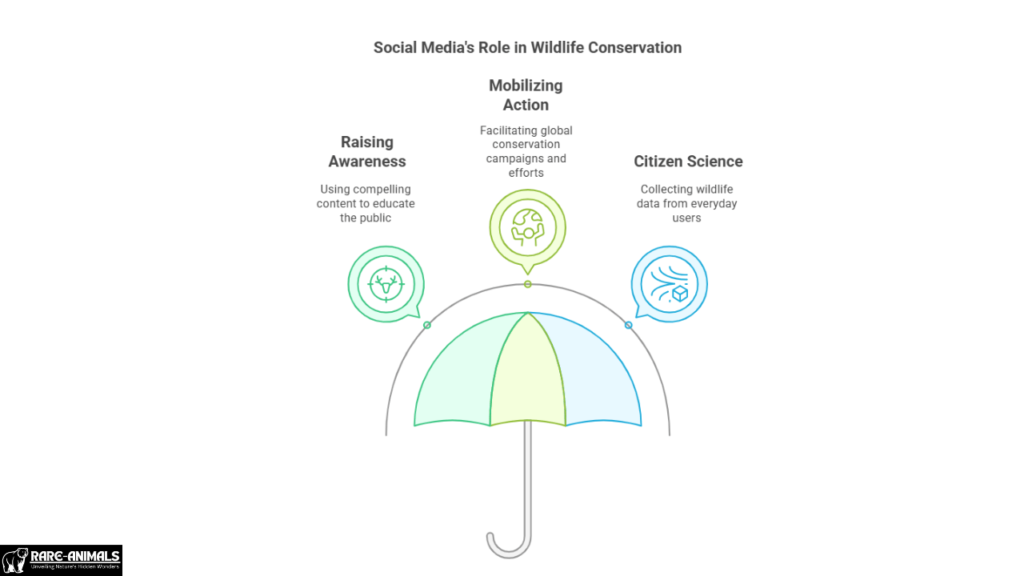
Citizen Science and Crowdsourced Data Collection
Platforms like iNaturalist and eBird leverage social media to collect wildlife data from everyday users. By uploading sightings, sharing GPS coordinates, and documenting animal behaviors, citizen scientists contribute valuable information to researchers and conservationists.
Challenges and Limitations of Social Media in Conservation
Misinformation and Clickbait
While social media spreads awareness, it can also perpetuate misinformation. Sensationalized posts or misleading claims can misguide audiences. Examples include:
- Exaggerated statistics or false claims about species extinction rates.
- Viral hoaxes about animal rescues that lack verification.
- Misuse of conservation funds due to poorly managed online donations.
Short-Term Engagement vs. Long-Term Commitment
Viral trends often fade quickly, leading to “slacktivism,” where users engage superficially without real-world action. Conservation requires sustained effort beyond just liking or sharing posts.
Ethical Concerns: Wildlife Exploitation for Likes
Social media has encouraged unethical practices such as:
- Tourists taking selfies with captive wild animals.
- Unregulated exotic pet trading through online platforms.
- Wildlife influencers engaging in activities harmful to animals for engagement.
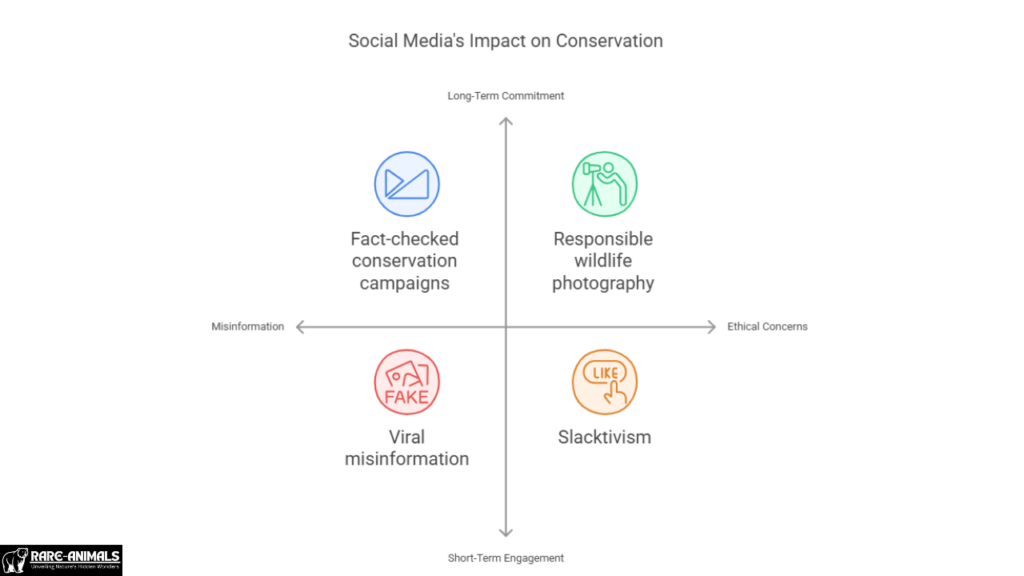
Success Stories: How Social Media Has Made a Difference
The #SelfieForScience Movement
The #SelfieForScience campaign encouraged people to take selfies with conservation signs instead of wild animals, promoting ethical wildlife tourism.
The Impact of the #EndTheTrade Campaign
Following the COVID-19 outbreak, the #EndTheTrade movement called for stronger regulations against illegal wildlife trade. This led to policy discussions and increased enforcement efforts worldwide.
The Role of Influencers and Celebrities
Conservation influencers and celebrities like Leonardo DiCaprio and Jane Goodall amplify messages to millions, boosting donations and policy influence.
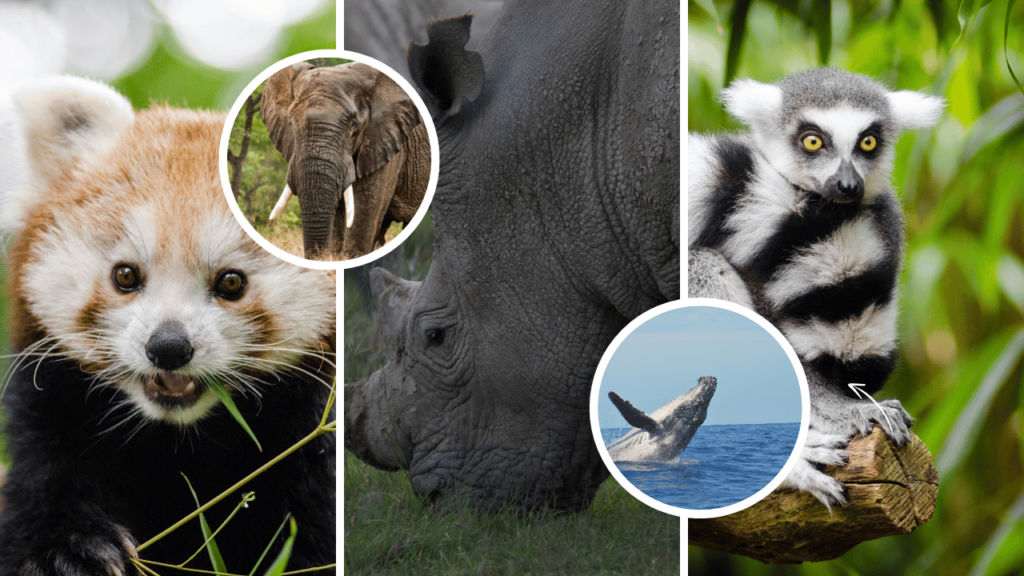
How You Can Use Social Media to Help Endangered Animals
1. Follow and Support Reputable Organizations
Engage with trusted conservation groups such as WWF, National Geographic, and local wildlife charities.
2. Share Verified Information
Fact-check before posting and avoid sharing misleading viral content.
3. Participate in Citizen Science
Use apps like iNaturalist to contribute wildlife observations that aid scientific research.
4. Report Illegal Wildlife Trade
If you spot illegal wildlife sales on social media, report them to authorities and platforms.
5. Donate and Fundraise
Support conservation projects through verified crowdfunding platforms and participate in online fundraising events.
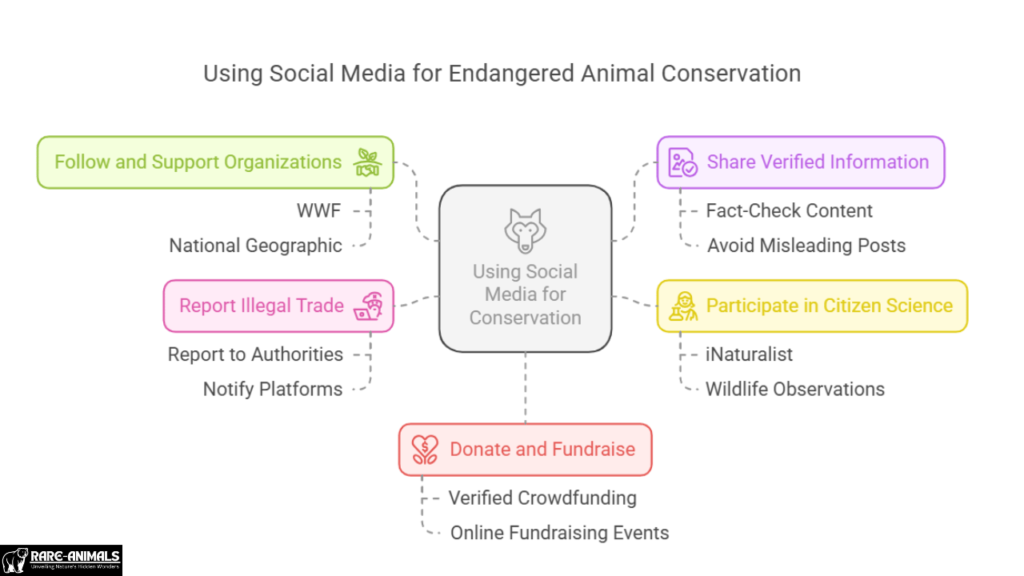
Conclusion
Social media is a double-edged sword for wildlife conservation. While it has the potential to educate, mobilize, and drive positive change, it also poses challenges like misinformation, short-lived engagement, and unethical practices.
By using these platforms responsibly and supporting credible conservation efforts, we can turn digital activism into real-world impact.
FAQs
1. Can social media really help save endangered species?
Yes, when used effectively, social media can raise awareness, drive donations, influence policies, and encourage ethical wildlife interactions.
2. What are some successful social media campaigns for conservation?
Campaigns like #EndTheTrade and #SelfieForScience have successfully influenced public behavior and policy changes.
3. How can I ensure the conservation content I share is accurate?
Follow reputable conservation organizations, cross-check facts, and avoid sharing content that lacks credible sources.
4. Are there any apps that help with wildlife conservation?
Yes, apps like iNaturalist, eBird, and Wildlife Insights allow users to contribute valuable data for conservation research.
5. What can I do to help endangered animals beyond social media?
Support conservation NGOs, volunteer for field projects, reduce plastic waste, and advocate for stronger environmental policies in your community.
By making informed choices and taking meaningful action, we can ensure that social media becomes a force for good in the fight to save endangered species.

Alveena is an experienced content writer with a knack for crafting engaging and insightful pieces. She thrives on breaking down complex ideas and presenting them as clear, captivating content that resonates with readers.

